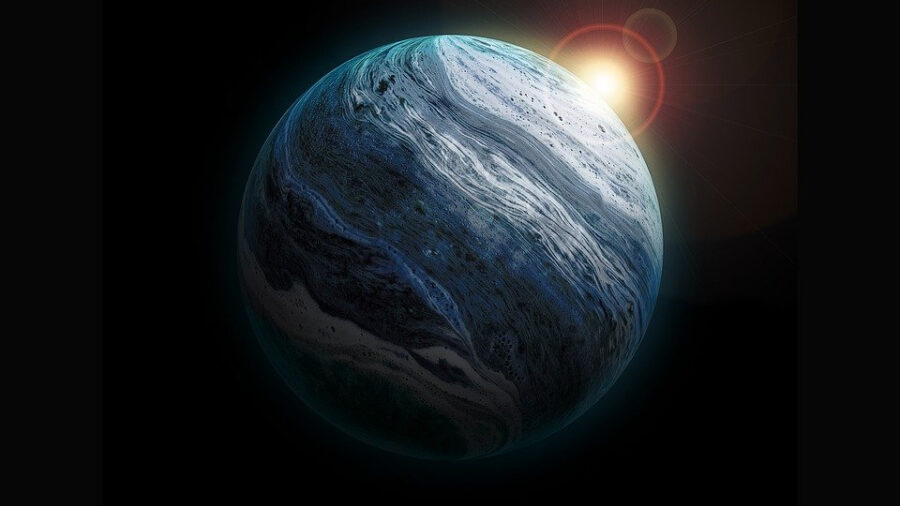A New Earth-Like Planet Was Just Discovered
A new Earth-like planet was just discovered orbiting the star closest to our solar system. It's an exciting find and could point to others
This article is more than 2 years old

Is anyone ready to hop on a spaceship and head to a new planet that could be a lot like ours? We might one day have the chance because scientists have discovered an Earth-like planet that is orbiting the closest star to our solar system. It’s the third planet found around that star and this one might closest resemble what we have on Earth. The discovery was made public on Thursday and more details are starting to emerge about how this new planet, named Proxima Centauri d might compare to our little blue orb.
According to Nature, this latest finding was discovered by a team of astronomers using the European Southern Observatory’s Very Large Telescope (ESO’s VLT) which is located in Chile. The belief is that this new, Earth-like planet is about 25% the size of ours, though shares some other qualities which could point to the possibilities of other Earth-like planets in the galaxy. While it isn’t believed that Proxima Centauri d will prove inhabitable, the fact that it exists as an exoplanet at all is an exciting prospect.
This new Earth-like planet was discovered by astronomers studying the star Proxima Centauri and looking at the light patterns around it. They noticed that there was an object possibly passing around the star in orbit along a five-day pattern. But because of the light from the star, it was difficult to pick up on exactly what that object was. This began a painstaking process of studying the light changes around Proxima Centauri in order to deduce just the type of object and its overall size. It could have just been light shifting around the star and not actually something at all. At these distances, astronomers have to work with what they are given. The group using the ESPRESSO spectrograph technology was pumped to share their findings.
And based on the size of the star Proxima Centauri which is about 12.5% our Sun, and the distance at which this new Earth-like planet orbits it, there is the belief that it is in the habitable zone. So though this new planet is closer than we are to our star, the relative sizes make it possible for water to actually be on the planet. This would be a major turning point in our understanding of the larger galaxy and if we ever conquer traveling distances like this in space, could be in line for a first visit along the way.
Now look, it isn’t like Proxima Centauri and its solar system are just a hop, skip, and a jump away from us. We can’t head over there and turn around in any realistic fashion. We are talking something like 4.25 light-years away as the space crow flies. So it will be some time before we are able to actually set eyes on this new Earth-like planet, Proxima Centauri d. But the finding is exciting for a number of different reasons, mainly being it suggests there could be others like this out there that we just haven’t seen yet. Proxima Centauri d is currently just a candidate to become an official planet, but the astronomers are very confident it will pass the final tests when all is said and done.












